The Twenty most Magnificent Diamonds sold by Tavernier to Louis XIV
- gem_head

- Feb 2, 2020
- 3 min read
Jean-Baptiste Tavernier was one of the very first Europeans to travel to the East- not to conquer, but to trade, and is known to have built great friendships with traders and rulers of the East.
Tavernier completed six voyages to the Orient (East Asia) documenting his travels in his book Les Six Voyages de Jean-Baptiste Tavernier (1678) - one of the best-selling books in Paris of the Grand Siècle. On his travels he collected the most extraordinary precious objects to bring back with him; precious gems, pearls, silk, artifacts, lacquered furniture and spices.
In 1668, during his final and sixth voyage to the orient, he brought back with him over a hundred Mughal Diamonds from India - knowing very well that Louis XIV adored diamonds. Louis of course bought almost all of the diamonds from Tavernier. Twenty of the lot stood out for their sheer magnificence. Among the twenty was a very rare Blue diamond of over 115 carats (Dimond No.1 below).
Tavernier featured drawings of the twenty most beautiful stones, their dimensions, colors spec and cut details, shown in the chart below.
In November 2018 I attended an exhibition organized by L’Ecole School of Jewelry Arts where these legendary diamonds were reconstructed and modeled in Cubic Zirconia. A brilliant exhibition, it was quite amazing to see what the actual stones looked like in their original state, faceted in antique Mughal cuts. Below are extracts from the exhibition catalogue (link to catalogue in reference section).
The twenty diamonds, along with various other French royal treasures, - stolen or lost, and were never to be recovered. The 45 carat Hope Diamond, now on display at the Smithsonian is believed to have been fashioned out of King Louis XIV’s original Blue Diamond of 115 carats. In the 1980s there was apparently some speculation that there was possible discovery of another diamond from this collection - a 13.6 carat Marquise Diamond that was said to resemble Tavernier’s Diamond 05. But closer inspection proved otherwise.
The infamous Hope Diamond believed to be ‘cursed’ passed through many owners and hands before making its way to its permanent house at the Smithsonian. Its origin is traced back to the Golconda mine of India.
The miners of Golconda knew how incredible, and extraordinary this gem was - even for Golconda, a mine that unearthed some of earth’s best treasures, this large Blue Diamond was monumental. It was deemed that only a God was worthy of such a treasure, and so the miners offered it to their Temple where the Blue Diamond was placed on the statue of the Holy God of worship.
The Diamond is believed to have been stolen by a corrupt priest and sold to a merchant, who then sold to the European merchant Tavernier. There are many stories that outline tragic deaths of those involved in this trade. Louis XIV and Marie Antoinette, the Blue Diamond’s original European owners too, suffered an unfortunate destiny.
The Tavernier Blue is said to have been recut in 1672, 1792 and again in 1812. There are unconfirmed reports that it belonged to Britain's King George IV, whose estate sold it to pay off his enormous debts. In 1839, the diamond was acquired by London based Banker Henry Philip Hope, which is how it got its name. After Hope's death, the diamond passed through the hands of several owners, until it was purchased by the mining heiress Mrs Evalyn Walsh Maclean. The stone is set to have been set on a piece of jewelry for her by Cartier.
American Jeweler Harry Winston of New York purchased Mrs. McLean's entire jewelry collection, including the Hope diamond in 1949 and donated it to the Smithsonian National Museum of Natural History, where it is permanently on display.
A timeline of ownership chart is available for reference on the Hope Diamond Wikipedia page, see link below in references - the accuracy of some data is unconfirmed.
Reference:
Exhibition Catalogue,The Fabulous Destiny of Tavernier’s DiamondsL’ÉCOLE, School of Jewelry Arts, . (2018, November). PDF. Paris.
Hope Diamond
https://en.wikipedia.org/wiki/Hope_Diamond




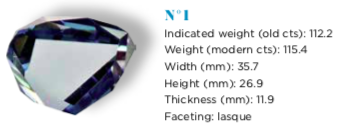



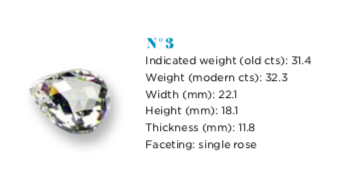

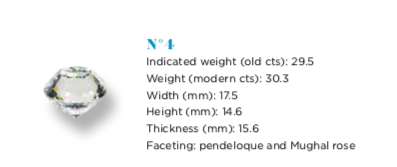

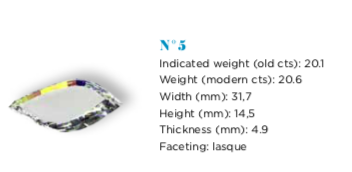

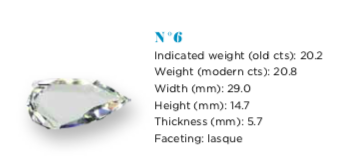

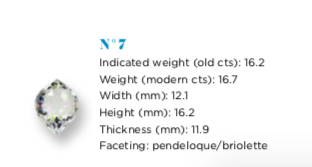
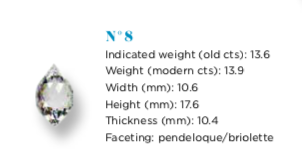
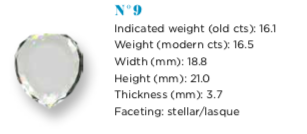
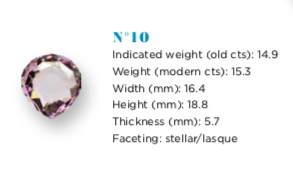
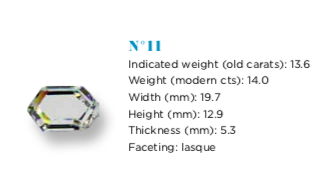

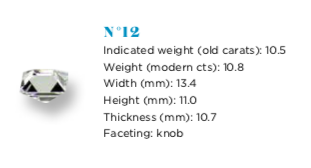
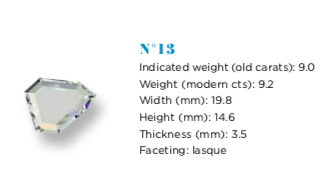

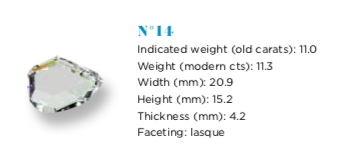

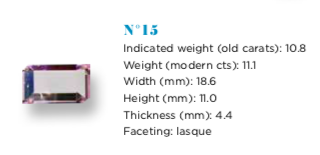

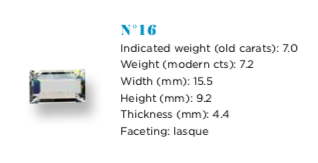

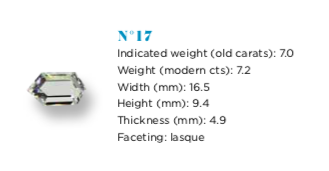

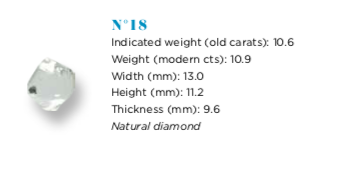

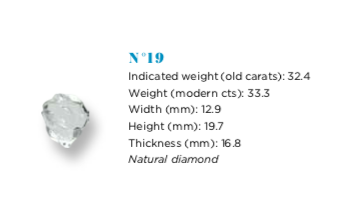

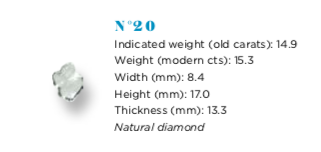




Crazy history of one of the most beautiful gem... I would have love to visit your exhibition 🤩🤩🤩